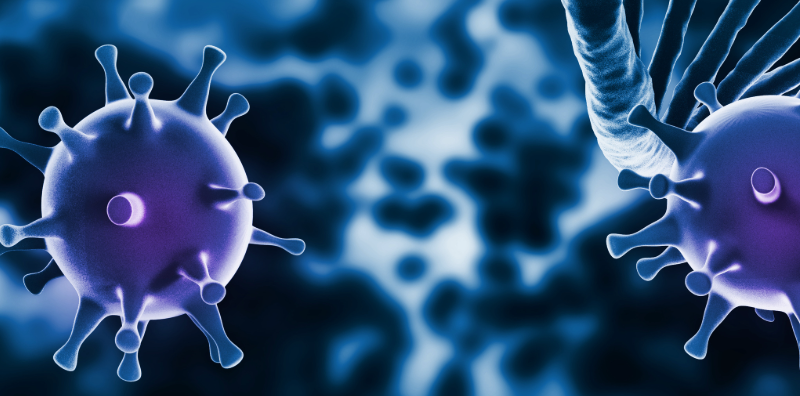We are continually told of the great breakthroughs the pharmaceutical industry is making. Unfortunately, detailed analysis presents a different story. A recent article in the British Medical Journal indicates there is no evidence of the added benefit of most of the new drugs introduced from 2011 to 2016 into the German healthcare system (1). The German health care system by law is required to independently analyze the actual performance of all newly approved drugs.
According to this article, only 25 percent of the newly approved drugs in Germany from 2011 to 2016 demonstrated any major new benefit over existing drugs. Furthermore, nearly 60 percent of the newly approved drugs had no benefit. Looking closer into the data indicated that only 6 percent of the newly approved drugs approved for neurological conditions had any benefit.
That said, long-term side effects of new drugs often take years to manifest meaning their efficacy will likely drop in the future. This is why the situation is even worse for drugs approved earlier, especially those used in cancer treatment. Unfortunately, the actual real-life clinical benefits of such drugs were substantially less than expected based on the initial anticipated benefits submitted by the drug companies.
This is not a new finding. An earlier study indicated that only 10% of the drugs approved in Europe between 1999 and 2005 had any significant benefits (2). In fact, going back to the 1970s, it appears that the percentage of new drugs representing true clinical advances appears to be under 15 percent (1).
So after more than 50 years of drug development, the vast majority of new drugs appear to fall into the category of limited clinical benefits with dramatically increasing costs.
The upside to this realization is that there is a new opportunity to use nutrition to exploit our growing knowledge of the molecular basis of healing. Reducing inflammation with anti-inflammatory diets is one such area. I would consider the Zone Diet that I introduced in 1995 to remain the leading example of this approach (3). Likewise, our understanding of the role of high-dose omega-3 fatty acids in the generation of newly discovered hormones such as resolvins adds a significant upside potential for the resolution of existing inflammation. Finally, there is a growing awareness of the role of high-dose polyphenols in the activation of the key gene transcription factor, AMPK, that orchestrates the repair of damaged tissue. You need all three dietary components working in a highly orchestrated system to complete the healing process. All of these interventions are non-toxic and yet go to the core of our expanding knowledge of molecular biology to understand how the diet can alter hormonal and genetic expression to enhance the body’s internal healing response I term the Resolution Response™. The details of these complex interactions orchestrated by various dietary components are described in my latest book, The Resolution Zone.
Optimizing the Resolution Response represents a return to the primary goal of medicine articulated by Hippocrates some 2,500 years ago is to prevent disease. We can understand that wisdom as optimizing the Resolution Response to prevent the build-up of unresolved inflammation that underlies the development of chronic disease. This approach provides a much more fertile area to explore in the future rather than searching for increasingly expensive new drugs with fewer clinical benefits.
References
1. Wieseler B, McGauran N, Kaiser T. “New drugs: Where did we go wrong and what can do better?” BMJ 366: l4340(2019)
2. van Luijn JC, Gribnau FW, Leufkens HG. “Superior efficacy of new medicines?” Eur J Clin Pharmacol 66:445-448 (2010)
3. Sears B. The Zone. Regan Books. New York, NY (1995)
4. Sears B. The Resolution Zone: The Science of the Resolution Response. Zone Press, Palm City, FL (2019)






